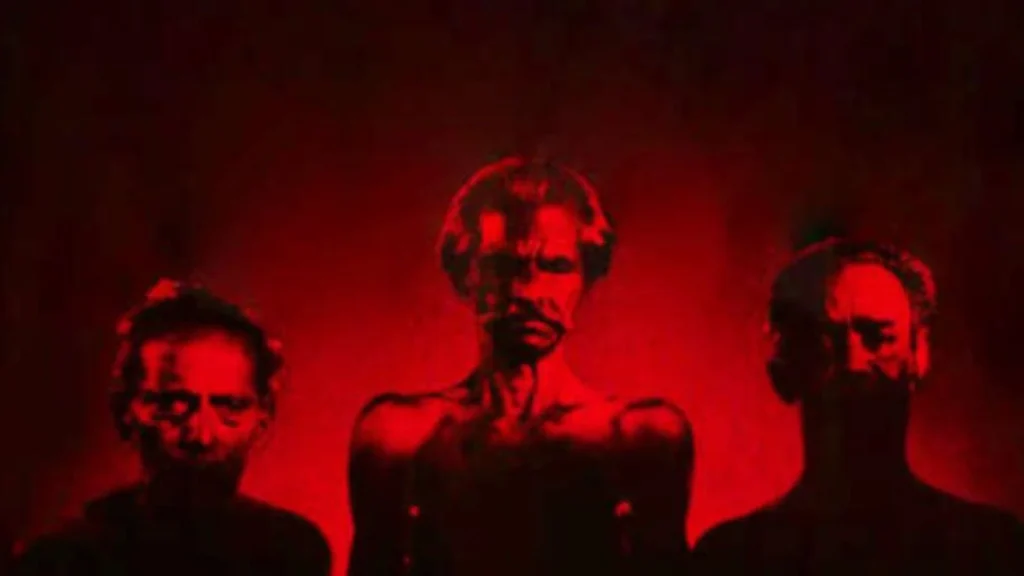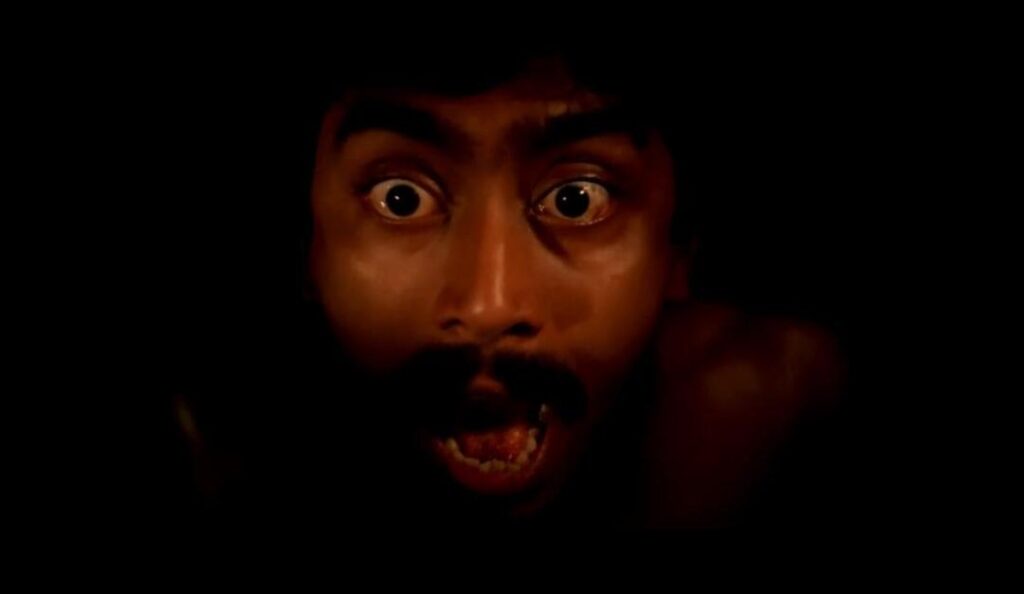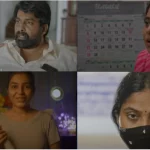Decoding Anantaram – One of the Finest Psychological Dramas
Movie enthusiasts are all in heaps of praise for Malayalam cinema and the revolution it is creating in terms of storytelling that also translates into box office numbers. While Malayalam cinema is soaring high, allow me to take you on a trip back to the 80s, another period when Malayalam cinema made experimental movies that were great materials for character and cultural study. Anantaram which was released in 1987 and is directed by Adoor Gopalakrishnan is one such movie that I explored recently.
Also Read: Decoding the Climax of Munnariyippu – Symbolisms and References
Anantaram stars Ashokan, Mammootty, and a 17-year-old Shobhana and explores themes of psychosis, loneliness, and childhood trauma. The film follows a non-linear narrative where Ajayan, the protagonist narrates two different stories which ultimately merge and take a disturbing turn.
How Anantaram places two polar opposite narratives in a single movie

The film opens with an infant Ajayan crying and the adult Ajayan (Ashokan) narrating his life. We are made known that Ajayan’s mother abandoned him in the hospital and that the senior doctor (whom Ajayan calls Doctore Uncle) takes Ajayan home and raises him along with his son Balu, played by Mammootty.
Also Read: Mammootty and his balancing act
In the first story that Ajayan narrates, he shares one perception of his life, primarily the way he thinks of himself. He shows us how gifted he was as a kid and aced everything he sets out to try, maybe to overcompensate for a lack of identity.
And in the second part, we get a deeper look at Ajayan’s life. We see his story more from an outsider’s perceptive. And it is here that we see how the scars of his lonely and disturbing childhood shaped the man he has become. We don’t see the gifted Ajayan from the first story but a mentally troubled Ajayan, who shows symptoms of psychosis and schizophrenia.
Both these stories might be polar opposite versions but they don’t contradict. They complement each other to offer us different perspectives.
Coinciding both these versions of Ajayan’s stories is Suma/Nalini played by Shobhana. While Suma is Balu’s newlywed bride, Nalini is the girl Ajayan falls in love with, or at least he imagines they are in love.
Reality vs Delusion in Anantaram

In the first story, Ajayan meets Suma during her and Balu’s wedding. There’s a certain level of discomfort in his eyes, an uneasiness and guilt borne from the fascination he harbors for his new sister-in-law. Suma sure shows an interest in Ajayan, but it may or may not be a romantic one.
He is guilt-ridden, for the feelings he nurtured. The feeling of betraying his foster brother Balu, wears him down.
And that’s when the second story begins. We are taken through another perspective of Ajayan’s childhood, this time a more daunting and disturbing one. Since Ajayan’s foster father, Doctor Uncle, is usually traveling, the three servants at home take full autonomy and do not miss any opportunity to remind Ajayan that he is an orphan.
They even go to the extent of physically torturing him. These servants, who reminded me of the “Three Witches” from Shakespeare’s Macbeth, play with his mind, confusing Ajayan about what is real and what is not.

Cut to adulthood, and at the point where Ajayan feels most lonely, he randomly meets Nalini, who throws an assuring yet seductive smile at him from a bus. Where did she come from? How does she know Ajayan? Nothing is disclosed to us, making us wonder if she is even real.
Considering that he meets randomly at a time when he is lonely and confused, we can’t deny the possibility of Nalini being a creation of Ajayan’s imagination.
As mysteriously as she came, she vanished into the unknown leaving Ajayan heartbroken.
This is where the two stories merge, with Ajayan staring at Suma, who reminds her of Nalini. He yells at Balu to throw her out of the house. Ajayan has lost his mind. Balu checking on him if he has taken his meds only reaffirms it.
The lines between delusion and reality begin to blur for Ajayan. Once a gifted man, Ajayan’s life takes a disturbing turn. “Maybe being gifted is a curse”, laments Balu who once expressed his mild jealousy at Ajayan’s gifted capabilities. But what happens to him in the end is best known to none.
Anantaram is what you perceive it is

In an interview director Adoor Gopalakrishnan pointed out that his film movie Anantaram is all about perceptions. There is not a single place throughout the movie where Adoor Gopalakrishnan force-feeds anything about the characters or the story. He leaves the whole movie open-ended, with several questions left unanswered.
Was Swamini Amma (Kaviyoor Ponnamma) Ajayan’s real mother? Was Doctor uncle who raised him his real father? Why did Swamini Amma’s death trouble Doctor Uncle? Is Nalini real or a figment of Ajayan’s imagination?
We can never conclude.
Just some instances crafted in the movie make way for us to assume certain aspects of the narrative and find the answers to the above questions on our own.
I find it liberating that the maker of the film leaves it to us to make sense of things, giving every individual audience the power to own their perception of the film. As a viewer, I find Anantaram a story of a young man’s fight with loneliness, lack of identity, and childhood trauma which probably led to psychosis for him.
Though Anantaram is regarded as Adoor Gopalakrishnan’s best work, it received mixed response during its release. Its experimental nature was not something the audience back then was ready to accept. But every good film gets its due, and so did Anantaram. Today the movie earns a cult status and is considered as one of the finest movies ever made in Indian cinema.
Anantaram is available to watch on YouTube for free.

I can’t stop talking about films, so I blog!
I started The FourthWall, my film blog, to share my thoughts on films and shows with fellow movie buffs, and over the years it has become my happy place. Come join in for some interesting conversations on cinema… and sometimes books and fashion!








